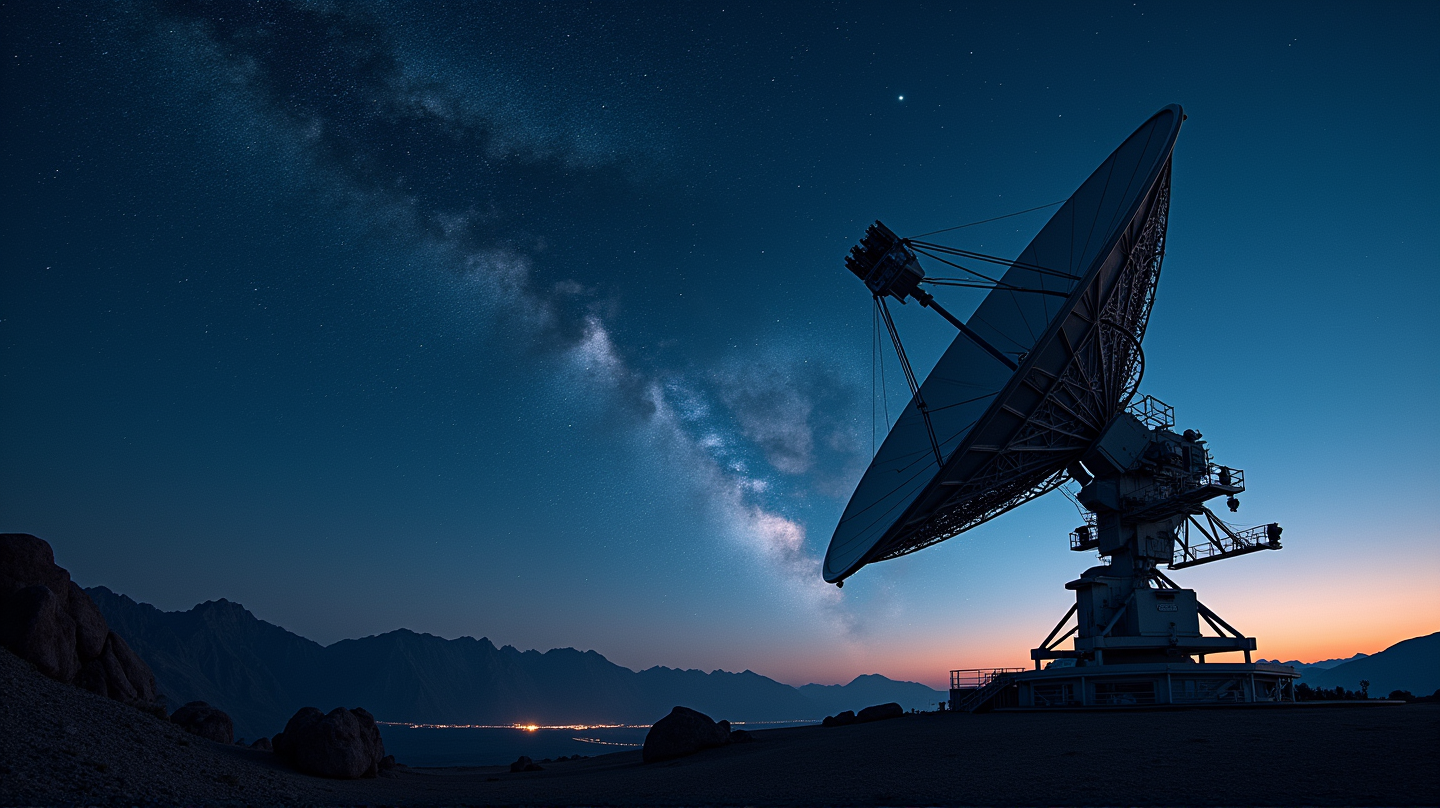A Cosmic Waltz: Celebrating 50 Years of Estrack's Space Legacy
Marking milestones: ESA & Vienna Tourist Board to broadcast The Blue Danube Waltz to space, celebrating 50 years of Estrack's satellite tracking.

2025 is a momentous year in the history of space exploration and communication. The European Space Agency’s (ESA) Estrack satellite tracking network celebrates its golden jubilee with a unique celestial concert to commemorate this milestone. According to European Space Agency, this event coincides with multiple landmark anniversaries, including the bicentenary of Johann Strauss II and the 50th year of ESA. At the heart of the celebrations is a spectacular mission: broadcasting the iconic The Blue Danube Waltz into the cosmos, uniting music, art, and space exploration.
The Birth of Europe’s Space Bridge
Since its inception in 1975, Estrack has served as a vital communication bridge between Earth and space-based endeavors. This complex network of ground stations links satellites to mission control at the European Space Operations Centre in Darmstadt, Germany, ensuring seamless communication and data exchange. Spanning six stations across six countries, Estrack is a cornerstone of Europe’s space program, enabling scientific and exploratory missions to transmit data back home.
Celebrating with Stars and Symphonies
To honor Estrack’s 50th anniversary, ESA partners with the Vienna Tourist Board to organize an exceptional musical event. On May 31, music lovers and space enthusiasts alike will witness a remarkable transmission: the Wiener Symphoniker’s performance of Strauss’s The Blue Danube Waltz will be broadcast from the Cebreros station into the stars.
The festivities will echo on Earth with public screenings in global cities such as Vienna and New York, bridging borders just as Estrack connects Earth to space. Guest speakers, including Carole Mundell, ESA’s Director of Science, will join prominent figures in a parallel event at Cebreros, celebrating this ingenious fusion of culture and technology.
The Crown Jewels of Estrack
ESA’s deep space antennas in Cebreros, Malargüe, and New Norcia, form the foundational pillars of this network. These engineering marvels have undergone substantial upgrades to keep pace with new mission demands, strengthening their capacity to relay scientific information back to our planet. Looking ahead, a fourth deep space antenna will be unveiled in New Norcia by the end of 2025, extending Estrack’s global anchorage.
Pioneering Future Space Communications
The quest for superior data transmission is relentless, with optical links poised to revolutionize space communication. Harnessing lasers could elevate data speeds, establishing a ‘Solar System Internet’ capable of secure and interoperable communication. ESA is at the forefront of this innovation; having already achieved notable feats like establishing laser communication with NASA’s LADEE mission, their ongoing focus is to pioneer optical deep-space communication for the future.
Estrack stands as a testament to ESA’s commitment to excellence in space exploration. As we look to the future, this ‘bridge of light’ will continue to beam bright, reinforcing Europe’s legacy in the cosmic dance of data, discovery, and dreams.

